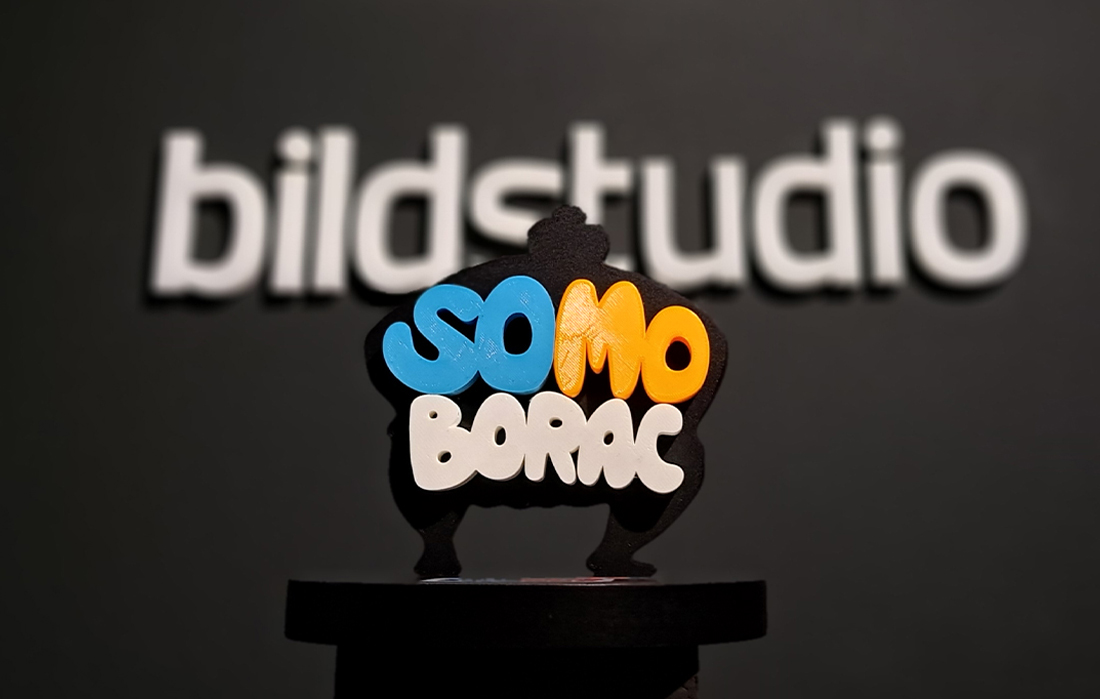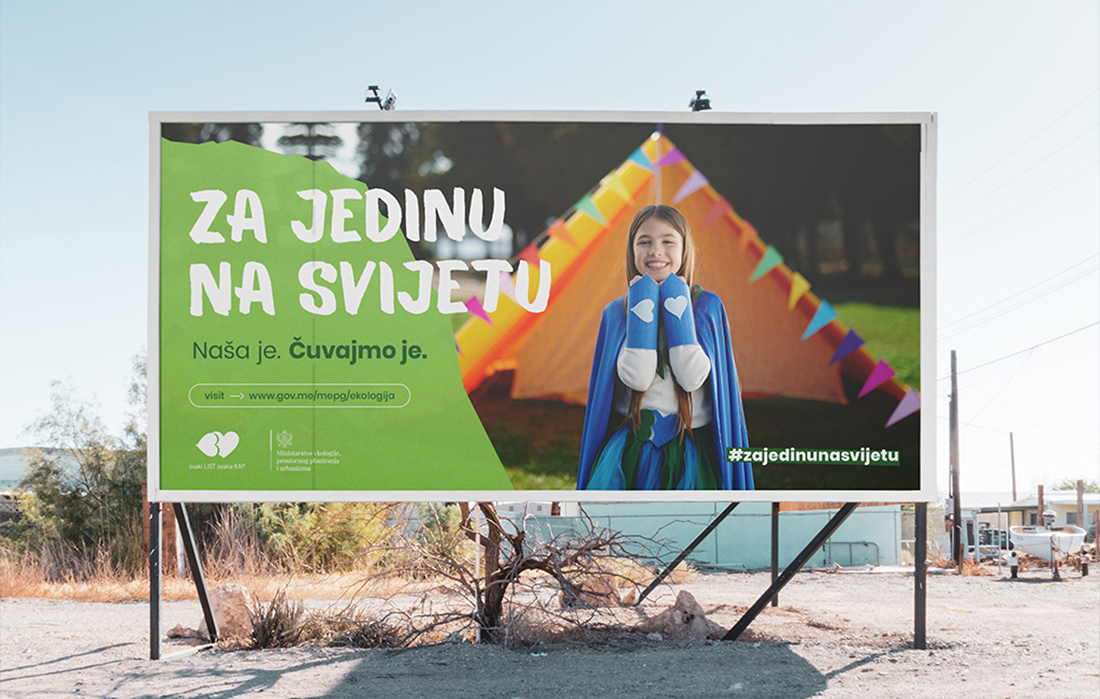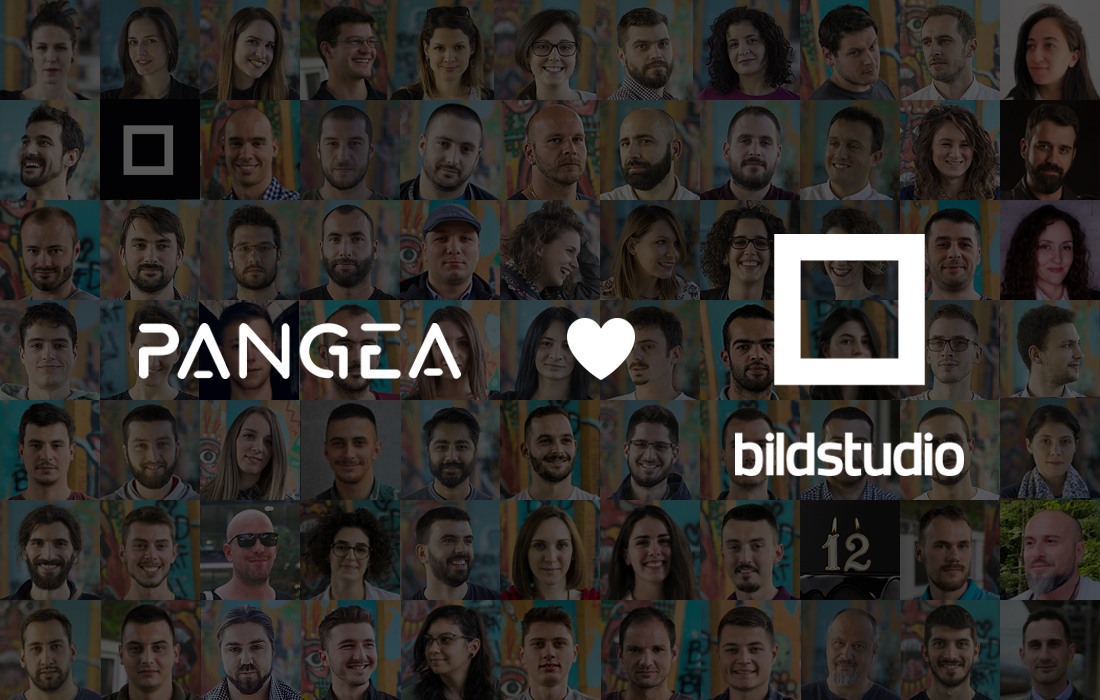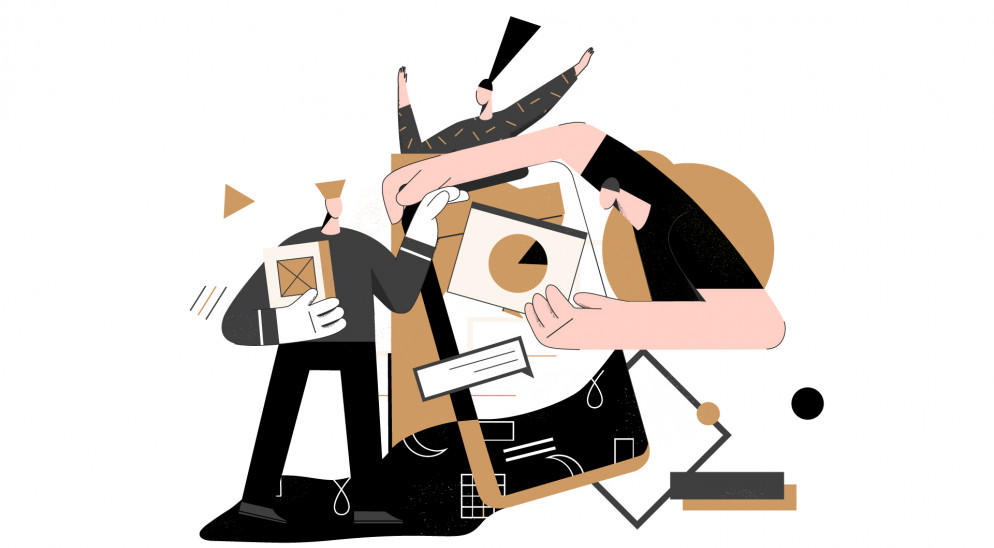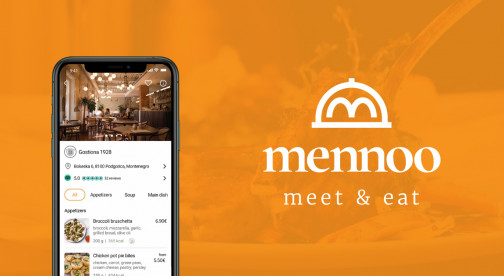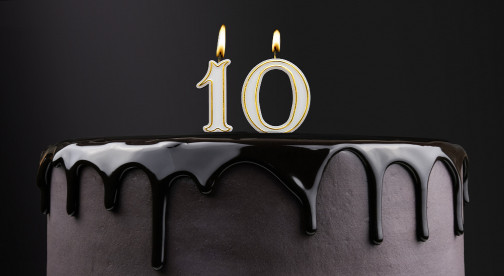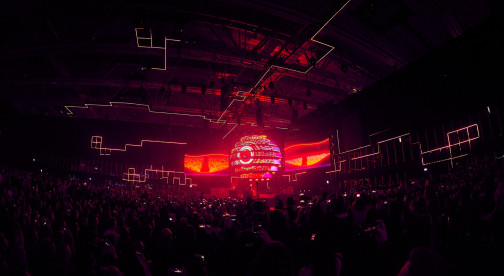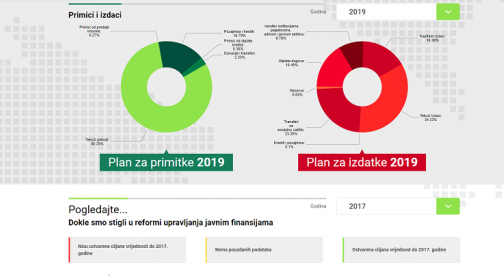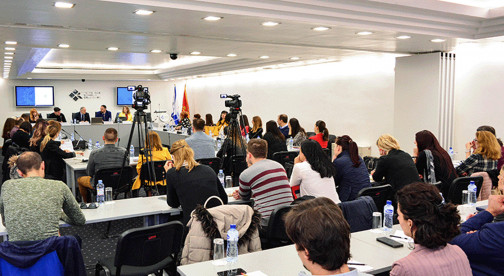The media are, unquestionably, the main channel of communication between political parties and its leaders with the voting body. What happens when the whole media structure and ways of communication change in just one decade?

Massification of Internet usage gradually led to a greater democratization of society. Owning a modem and Internet connection provides instant access to information, while feedback is just a click away. That led to the perception of social media not only as a place for socialization, but also an information generator. Nowadays, even traditional media often reach for Twitter interactions, Instagram and Facebook posts as the main source of information.
We reviewed the last decade and analyzed the social media as a tool for political elite across the globe, in order to gain the trust of voters and, in the end, gain their vote. Until recently, political campaigns it used to rely on meeting and talking to the citizens in busy city areas. Now people spend more time on Facebook, Instagram and Twitter, so the electoral tactic had to be changed.
Is there a point moving the election campaign in the online space? 2008 is a milestone in the use of social media as an equally important channel of communication during the election campaigns. This was the year when Obama unofficially became “the first president of social media”. His marketing team, headed by Chris Hughes, co-founder of Facebook, made the great effort to come to the votes of those who are lead by the motto: “If it is not on social media it didn’t happen”. The main change is in the way they established two-way communication with the electorate, by-passing the earlier campaign placements of simple slogans, group songs and familiar motivational speeches.
Obama has managed to build a base of up to 5 million supporters only in the Internet community.

The main difference between McCain, the Republican Party candidate, and Obama was that Obama team asked citizens for their opinion and later implemented their answers in the political program. He built a stable internet community based on trust, coming to a large number of voters in a unique way: he targeted individual groups, addressing them personally and proposing solutions to their problems. Different Facebook pages were created:
- Students for Obama,
- Latinos for Obama,
- Women for Obama,
- Veterans for Obama and so on.
His team did not hesitate to place the raw material, because citizens trust a content they can identify with, making further connection to the person for whom they will vote. He let his potential voters get to know him as equal, showing them that his daily life is not significantly different from their own. By creating a strong base of volunteers on the website My.BarackObama.com, from up to 2 million profiles, his team managed to collect over $ 500 million for the campaign, from an average of $ 80 per donation.

Kukuriku coalition broke the ice in the region. Soon after the Obama’s success, political parties from the Balkan region experimented with his electoral tactics. In 2011, Kukuriku coalition, composed of SDP, HNS, IDS and HSU, won a majority in the parliamentary elections in Croatia. One of the first messages of campaign was “Propose, ask, comment!” and it showed the essence of their entire marketing campaign, which led to an absolute majority in the Croatian Parliament. They recognized the trend of a large number of citizens who get informed and share diverse content on social media, especially on Twitter and Facebook. They created the impression of constant availability by daily reporting from locations they visited, communicating with the citizens on a daily basis, which at one point involved a Facebook chat with Zoran Milanovic, former President of SDP, and TweetUp, with video responses to all questions from Twitter users.

And what about Montenegro? The last parliamentary elections in Montenegro held in mid-October 2016, were accompanied by an intense messages in print media, on television, rallies around the country, but also on the Internet. The focus of the campaign was the opposition of the two major political entities: DPS and DF. During this campaign all political parties, according to the Center for Democratic Transition, spent triple more money compared to elections in 2012. The campaign was dominated by billboards, activism on the ground and promotional spots, one of which is DF generated the most views on YouTube. Addressing the emotions of dissatisfied citizens of Montenegro, DF engaged in, so far, the most intensive campaign in Montenegro. On the other hand, DPS used mostly the traditional forms of advertising, the ones that have already been tested and brought good results.
However, the Internet community showed that it doesn’t walk in “steady pace” which was reflected in the drastic difference in the number of YouTube views. DF counts over 340 thousand views on the most watched video during the campaign, while DPS has a little over 22,000 on their main musical video. Although the politicians were more engaged in social media, the approach was not adequate, because we still do not get the impression that they addressed the citizens of Montenegro, their specific problems and needs. They used Facebook live for the numerous events, political representatives tweeted from their personal accounts, youth wings of political parties were agitating with their Facebook friends, but the essence of advertising on social media is not just to transfer elements of the official campaign to the Internet community.

The last hours of the election day passed in an abuse of services like Viber and WhatsApp. A large number of citizens were sent the inapropriate propaganda messages, which led to temporarily suspension of Viber and WhatsApp from 5 PM to 7:30 PM by the Agency for Electronic Communications of Montenegro, in accordance with the Law on Electronic Communications. Such misuse of the Internet service is just an indication of how the domestic political scene did not grasp the advantages and essence of this form of advertising.
Social networks are an area where there is no timeframe for the election campaign, because it is a place which pushes for continuously building of a community of supporters, based on sincere communication and availability. Political parties should use their resources to improve the dialogue and the transparency of the political process, because the Internet community asks questions and seeks answers that are not drawn from the official PR announcements,. Public seeks humanity and competence, which is no longer measured by indefinite citation of political agenda. Members of the “younger” generation are increasing every year, which is why it is necessary to completely change the tone of addressing and the strategy of informing and explaining attitudes.

Good electoral marketing demands for keeping a pace with technological development, and building campaigns more around ideas and programs, and less around political figures. Social networks may determine the winner of the elections, they are now the necessary, but not sufficient factor for the victory. There is no doubt that, at one point, Internet campaigns will gather even more attention as compared to traditional media advertising. It is up to us to monitor next elections and expect more creativity and less negativism in the battle for the electoral votes.

